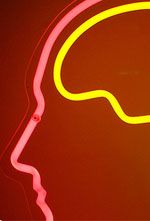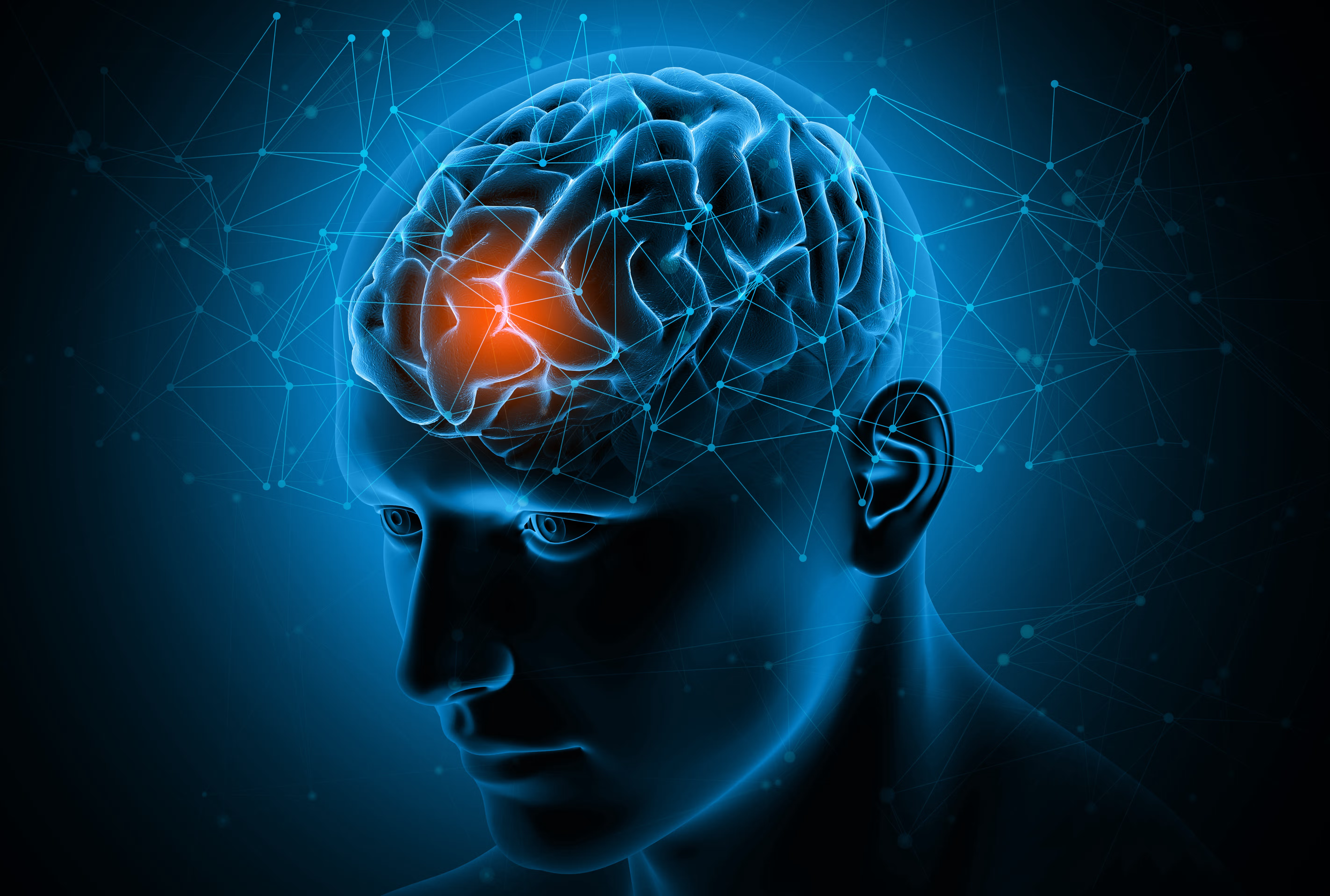Publication
Article
Psychiatric Times
Electroconvulsive Therapy: The Second Most Controversial Medical Procedure
Author(s):
ECT, like abortion, is surrounded by controversy and strong opinions on both sides. Fortunately, for those of us who practice ECT, the discussion is not quite as heated nor the risks as high as for our colleagues in ob-gyn.

Many articles about electroconvulsive therapy (ECT) begin with a statement about ECT’s stature as the most effective treatment for serious depression1; the statement is a reminder to the reader that, yes, ECT is still used and is still a part of mainstream psychiatry.
Such a reminder is necessary because, for the most part, ECT remains in the shadows; most laypersons are surprised to find it is still widely practiced, and many psychiatrists are unaware of, or even oppose, its wide-spread use. A recent cover story of The New York Times Magazine about abortion2 brought to mind several similarities between the position of abortion in American medicine and that of ECT.
The Times article describes the efforts of several ob-gyn physicians to make modern, safe abortion available in the United States and to make abortion training a standard part of the medical school curriculum.2 It came as a surprise to me that abortion training is not universally part of what is taught in medical school. Much of the article centered on the commitment, patient advocacy, and courage of the physicians involved-courage, because of the threats to which they are exposed. Antiabortion activists have used all manner of methods to assert their views, including bombing clinics and murdering abortion doctors. In subsequent letters about the article, a reader worried that the article itself would increase the risks to the abortion providers who were chronicled.
While no ECT practitioners have been murdered and the rhetoric about ECT may be one notch below that about abortion, the parallels are quite striking. ECT is controversial, like abortion; a vocal minority of people expend substantial effort to discredit ECT and its practitioners, promulgating a view that ECT is some-how morally wrong and should be banned.3 Education about ECT, although listed among the Psychiatry Residency Review Committee requirements, is mostly given short shrift in residencies, not to mention in medical school curricula.4 That education, such as it is, is meant only to familiarize physicians with ECT, not provide them with a level of skill needed to perform the procedure. Moreover, there is no official certification or training path to become an ECT provider.5
Almost all of the controversy about ECT is anecdotal opinion, unsupported by evidence. In fact, there is a remarkably wide gap between what anti-ECT activists claim and the very substantial body of clinical and scientific evidence supporting its efficacy and safety. The negative opinions are largely driven by organizations that are antipsychiatry in general, not just anti-ECT; they include the Committee for Truth in Psychiatry and the Citizens Commission on Human Rights of the Church of Scientology. Anti-ECT books have been written (eg, Doctors of Deception: What They Don’t Want You to Know About Shock Treatment by Linda Andre6) that are full of inaccuracies. The Internet is also host to many anti-ECT Web sites, including www.ECT.org, which features the ECT “Hall of Shame.” While the Hall of Shame may not put ECT practitioners at risk for bodily harm, it certainly might be considered libelous.
Why such animosity toward a medical procedure that is solely intended to provide relief to people who have severe depression? Much of the answer lies in a checkered remote history that remains alive today, largely because of the film One Flew Over the Cuckoo’s Nest. Made in 1975, it depicts a form of ECT that was already nearly 20 years obsolete in 1975. It was fiction taken literally as medical fact.7 When ECT was invented in 1938, modern anesthesia had not yet been developed; thus, ECT had to be given in unmodified form. Furthermore, because it was so effective for severe psychiatric illness, at a time when there were few other viable treatments, it was tried on patients with many different disorders. It was clearly overused-even abused.
The fact that memory loss is an adverse effect of ECT is also important to the high level of emotion accompanying the animosity.8 Memory is special, even sacred to some people, because it defines one’s sense of self and identity. That ECT can interfere with one’s personal memories-even if only temporarily and to a minor degree in most instances-puts it in a special class among medical procedures.
The scientific and clinical evidence base for the efficacy and safety of ECT is large; more than 9000 citations are catalogued on PubMed. Modern ECT is a standard treatment option at many major medical centers worldwide. Informed consent is always sought; indeed, much more attention is paid to the informed consent process with ECT than with many other surgical procedures.9 Full general anesthesia is a feature of modern ECT, and the procedure is frequently administered on an outpatient basis.10 Modern ECT technique has been refined to produce much less cognitive impairment than in the past. Patients often participate in the choice of type of ECT (unilateral versus bilateral electrode placement) they receive. As noted above, the antidepressant effectiveness of ECT remains very high, unequaled by antidepressant medications or other depression treatments, even in patients whose depression has proved to be resistant to antidepressant medications.11 ECT may be lifesaving for patients who are severely suicidal, malnourished from depression, or catatonic.12
That much of the psychiatric community is ambivalent and relatively ill-informed about ECT is largely a function of inadequate education in medical schools and residencies. Surveys have shown that medical personnel at all levels, from students to board-certified psychiatrists, are woefully deficient in their knowledge of ECT.13 It should be standard practice for all medical students to learn the basics of ECT and for all psychiatric residents to know enough about it to refer patients for whom ECT is an appropriate treatment consideration. Only a small minority of psychiatrists need to be fully trained to perform ECT; this requires the acquisition of a discrete body of knowledge as well as supervised practical in-hospital training. Privileging to perform ECT is handled locally by hospital administrations; there is neither national certification of practitioners nor accred-itation of ECT services in the United States. Great Britain has recently developed such an accreditation service, and while it is voluntary, it has gained wide acceptance in the few years since its inception.14
Some of the professional and popular ambivalence toward ECT has to do with the fact that we still do not know exactly how it works. This contributes to a perception that the use of ECT is unscientific. That, along with distaste for the physical aspects of the procedure, has led to an effort by some to try to replace ECT with other somatic antidepressant therapies. These include vagus nerve stimulation and transcranial magnetic stimulation, both of which have had limited efficacy and applicability to seriously depressed patients.15,16 There is still no antidepressant treatment that even approaches the efficacy of ECT in patients with severe depression.
ECT, like abortion, is surrounded by controversy and strong opinions on both sides. Fortunately, for those of us who practice ECT, the discussion is not quite as heated nor the risks as high as for our colleagues in ob-gyn. Still, modern ECT continues to have an undeserved, anachronistic reputation. There has never been a concerted effort to mount a public relations campaign to change that; perhaps there never will be, for who would fund it? What we can continue to hope and strive for is better ECT education for medical professionals and a gradual dissemination of the facts about ECT’s place in modern psychiatric practice. The best spokespeople for ECT are the patients and their family members who know from personal experience how debilitating depression can be and how effectively ECT can provide relief.
References:
References
1. Kellner CH, Knapp R, Husain MM, et al. Bifrontal, bitemporal and right unilateral electrode placement in ECT: randomised trial. Br J Psychiatry. 2010;196:226-234.
2. Bazelon E. The new abortion providers. The New York Times Magazine. July 18, 2010. http://www.nytimes.com/2010/07/18/magazine/18abortion-t.html. Accessed November 2, 2010.
3. Levine C. Voting ‘yes’ to a ban on electroshock. Hastings Cent Rep. 1982;12:19.
4. Dinwiddie SH, Spitz D. Resident education in electroconvulsive therapy. J ECT. 2010 Mar 30; [Epub ahead of print].
5. Fink M, Kellner CH. Certification in ECT. J ECT. 1998;14:1-4.
6. Andre L. Doctors of Deception: What They Don’t Want You to Know About Shock Treatment. New Brunswick, NJ: Rutgers University Press; 2009.
7. Shorter E, Healy D. Shock Therapy: A History of Electroconvulsive Treatment in Mental Illness. New Brunswick, NJ: Rutgers University Press; 2007.
8. Sackeim HA. Memory and ECT: from polarization to reconciliation. J ECT. 2000;16:87-96.
9. Weiner RD; American Psychiatric Association. A Task Force Report of the American Psychiatric Association. The Practice of Electroconvulsive Therapy: Recommendations for Treatment, Training, and Privileging. 2nd ed. Washington, DC: American Psychiatric Association; 2001.
10. Kellner CH, Pritchett JT, Beale MD, Coffey CE. Handbook of ECT. Washington, DC: American Psychiatric Press, Inc; 1997.
11. Rasmussen KG, Mueller M, Knapp RG, et al. Antidepressant medication treatment failure does not predict lower remission with ECT for major depressive disorder: a report from the consortium for research in electroconvulsive therapy. J Clin Psychiatry. 2007;68:1701-1706.
12. Daniels J. Catatonia: clinical aspects and neurobiological correlates. J Neuropsychiatry Clin Neurosci. 2009;21:371-380.
13. McFarquhar TF, Thompson J. Knowledge and attitudes regarding electroconvulsive therapy among medical students and the general public. J ECT. 2008;24:244-253.
14. Fink M, Kellner CH. Belling the cat: ECT practice standards in the United States. J ECT. 2007;23:3-5.
15. Daban C, Martinez-Aran A, Cruz N, Vieta E. Safety and efficacy of Vagus Nerve Stimulation in treatment-resistant depression. A systematic review. J Affect Disord. 2008;110:1-15.
16. George MS, Lisanby SH, Avery D, et al. Daily left prefrontal transcranial magnetic stimulation therapy for major depressive disorder: a sham-controlled randomized trial. Arch Gen Psychiatry. 2010;67:507-516.






